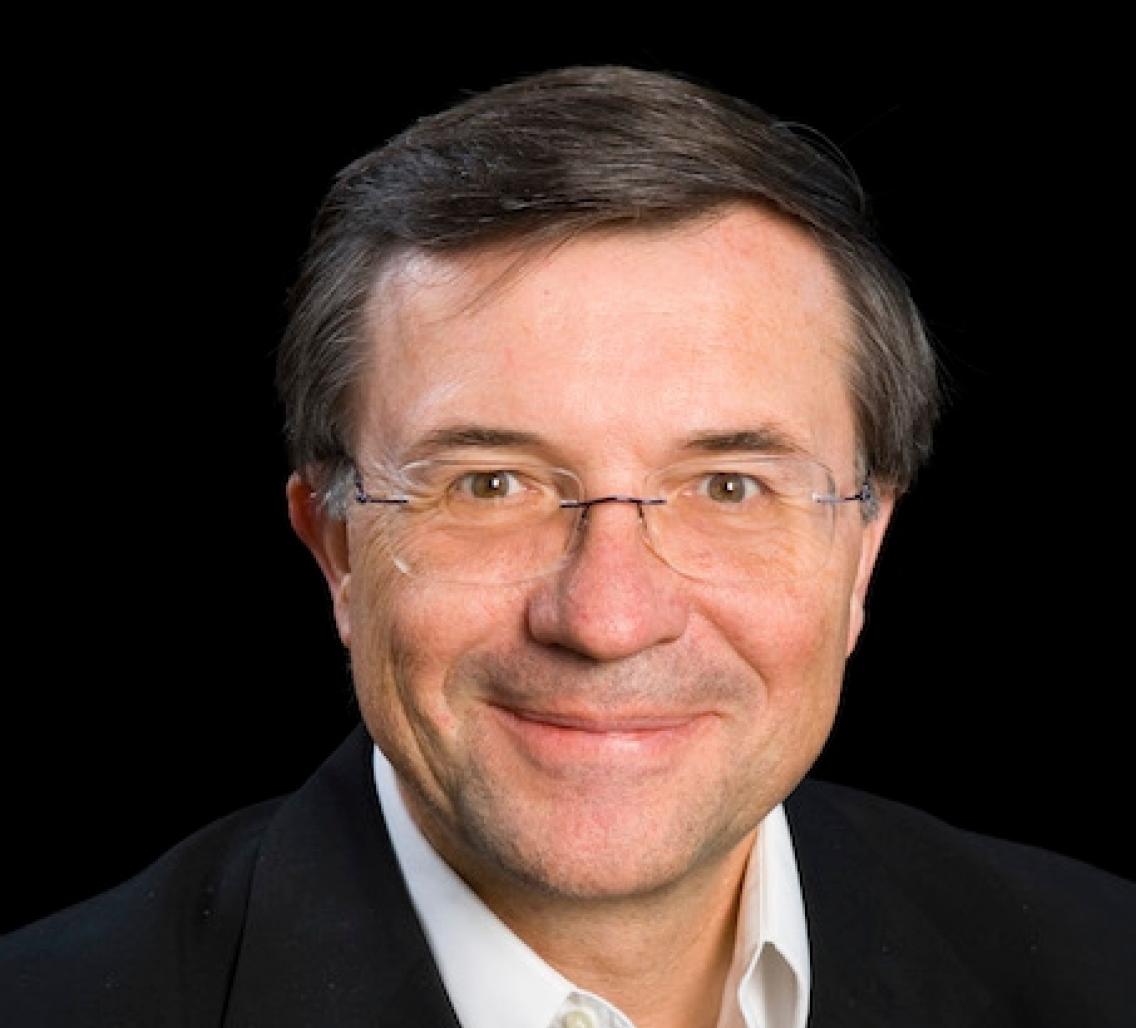Event Details:

Special Seminar Series in Theoretical/Computational Neuroscience
Deep learning: Artificial intelligence meets human intelligence
Terry Sejnowski, PhD
Francis Crick Chair, Professor and Laboratory Head, Salk Institute of Biological Sciences
Abstract: Deep learning is based on technical advances made by the neural network revolution in the 1980's. Why did it take so long for neural networks to recognize speech and objects in images at human levels? What were the breakthroughs that made deep learning possible? Which industries will deep learning disrupt? How will deep learning change your life? These are some of the issues that this lecture will explore.
Bio:
Dr. Terrence Sejnowski received his Ph.D. in physics from Princeton University. He was a postdoctoral fellow at Princeton University and the Harvard Medical School. He served on the faculty of Johns Hopkins University and was a Wiersma Visiting Professor of Neurobiology and a Sherman Fairchild Distinguished Scholar at Caltech. He is now an Investigator with the Howard Hughes Medical Institute and holds the Francis Crick Chair at The Salk Institute for Biological Studies. He is also a Professor of Biology at the University of California, San Diego, where he is co-director of the Institute for Neural Computation and co-director of the NSF Temporal Dynamics of Learning Center.
Sejnowski is a pioneer in computational neuroscience and his goal is to understand the principles that link brain to behavior. His laboratory uses both experimental and modeling techniques to study the biophysical properties of synapses and neurons and the population dynamics of large networks of neurons. New computational models and new analytical tools have been developed to understand how the brain represents the world and how new representations are formed through learning algorithms for changing the synaptic strengths of connections between neurons. He has published over 500 scientific papers and 12 books, including The Computational Brain with Patricia Churchland.